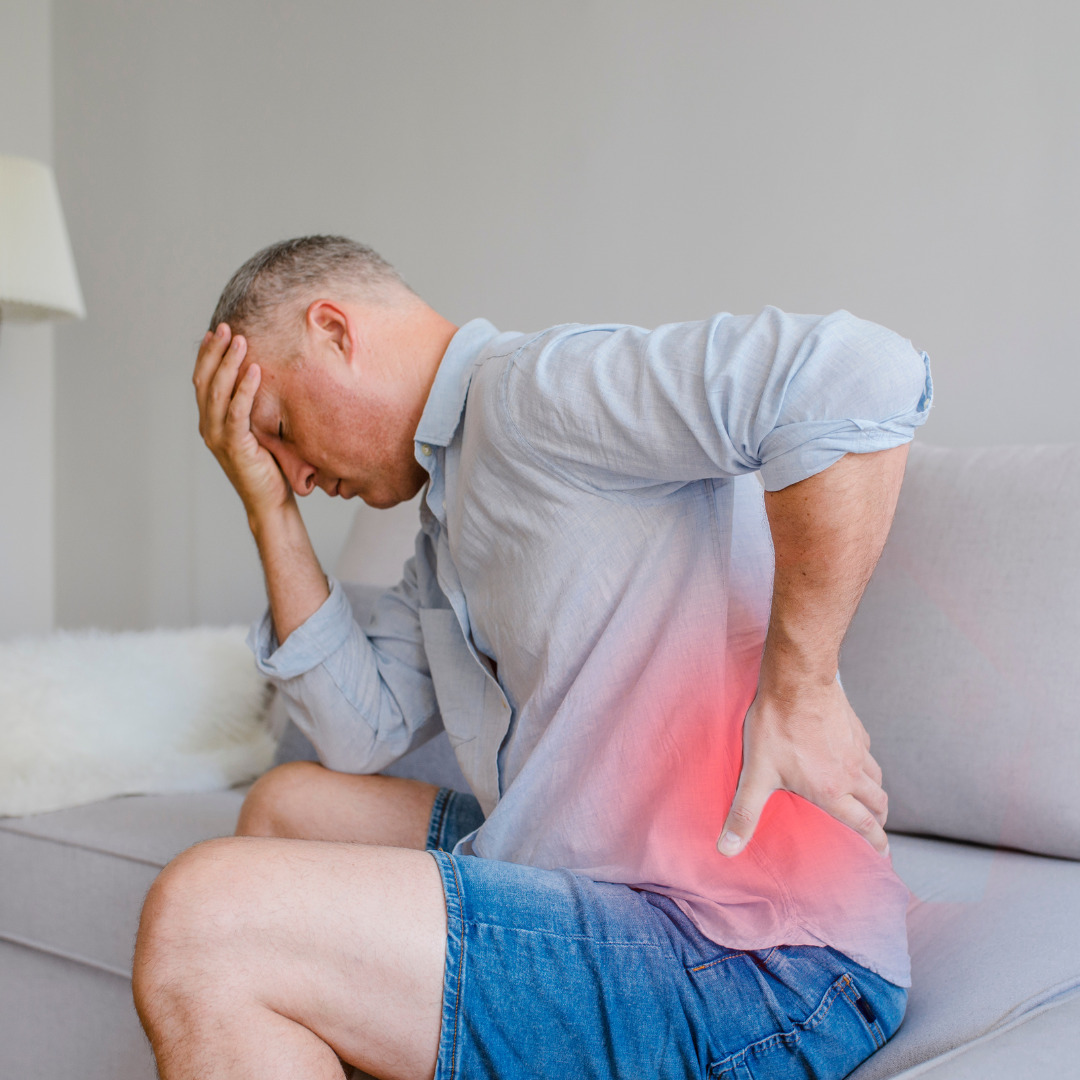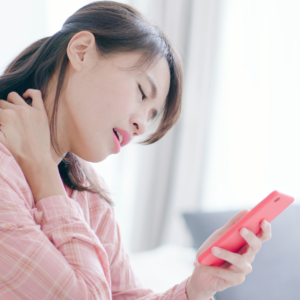In our fast-paced modern world, many of us find ourselves spending increasing amounts of time sitting for work, leisure, or relaxation. While this sedentary lifestyle may seem harmless, it can have significant consequences for our musculoskeletal health, often resulting in hip and pelvis pain. In Hip Relief Through Active Living, we’ll delve into the effects of prolonged sitting and explore how it can contribute to discomfort in your hip and pelvis area, as well as provide strategies to prevent and alleviate this pain.
The Impact of Prolonged Sitting
Sitting for extended periods is far from a benign activity; it can significantly impact the health of your hips and pelvis. Here are some of the ways a sedentary lifestyle can lead to hip and pelvis pain:
Reduced Blood Flow: Sitting for hours on end can restrict blood flow to your pelvic region, causing stiffness and discomfort in your muscles.
Muscle Imbalances: Sitting for long periods can lead to muscle imbalances. Some muscles become weaker, while others become excessively tight, placing additional stress on your hip joints and pelvis.
Tight Hip Flexors: Sitting keeps your hip flexors in a shortened position, leading to chronic tightness, which, in turn, results in pain and discomfort.
Reduced Core Strength: A sedentary lifestyle often results in a weaker core. Weak core muscles can lead to poor posture and instability, increasing the strain on your hip and pelvis.
Tips for Preventing and Alleviating Hip and Pelvis Pain
Now that we understand the connection between a sedentary lifestyle and hip and pelvis pain, let’s explore strategies to prevent and alleviate discomfort:
Take Regular Breaks: Set a timer to remind yourself to stand up and move around every 30 minutes. This helps improve blood circulation and reduces muscle stiffness.
Engage in Stretching Exercises: Incorporate stretching exercises into your daily routine. Focus on the hip flexors, glutes, and hamstrings to maintain flexibility in the hip and pelvis region.
Strengthen Your Core: Regular core-strengthening exercises, such as planks and leg raises, can provide stability to the pelvis and alleviate pain.
Maintain Proper Posture: Be mindful of your sitting posture. Use an ergonomic chair and sit with your feet flat on the ground, knees at a 90-degree angle, and your back straight.
Stay Active: Engage in regular physical activity to counteract the effects of prolonged sitting. Activities like walking, swimming, or yoga can help maintain hip and pelvis health.
Consider Standing Desks: If feasible, invest in a standing desk or a desk converter to reduce the amount of time spent sitting during the workday.
Consult a Healthcare Professional: If you’re already experiencing hip and pelvis pain, consider consulting a healthcare professional such as a physical therapist or chiropractor for guidance and treatment options.
Results Physical Therapy’s FREE Online Hip & Pelvis Pain Workshop
Thank you for reading Hip Relief Through Active Living. If you are experiencing hip pain, Results Physical Therapy is hosting a FREE Online Hip & Pelvis Pain Workshop on Tuesday, November 7th from 5:30pm – 6:30pm. This workshop will provide information on the causes of hip pain and offer practical tips on how to identify the source of your symptoms. The workshop will be led by a master physical therapist with 40 years of experience and is open to anyone who is interested in learning more about hip pain and improving their quality of life.
To register, visit https://workshops.resultsrehab.com/signup




